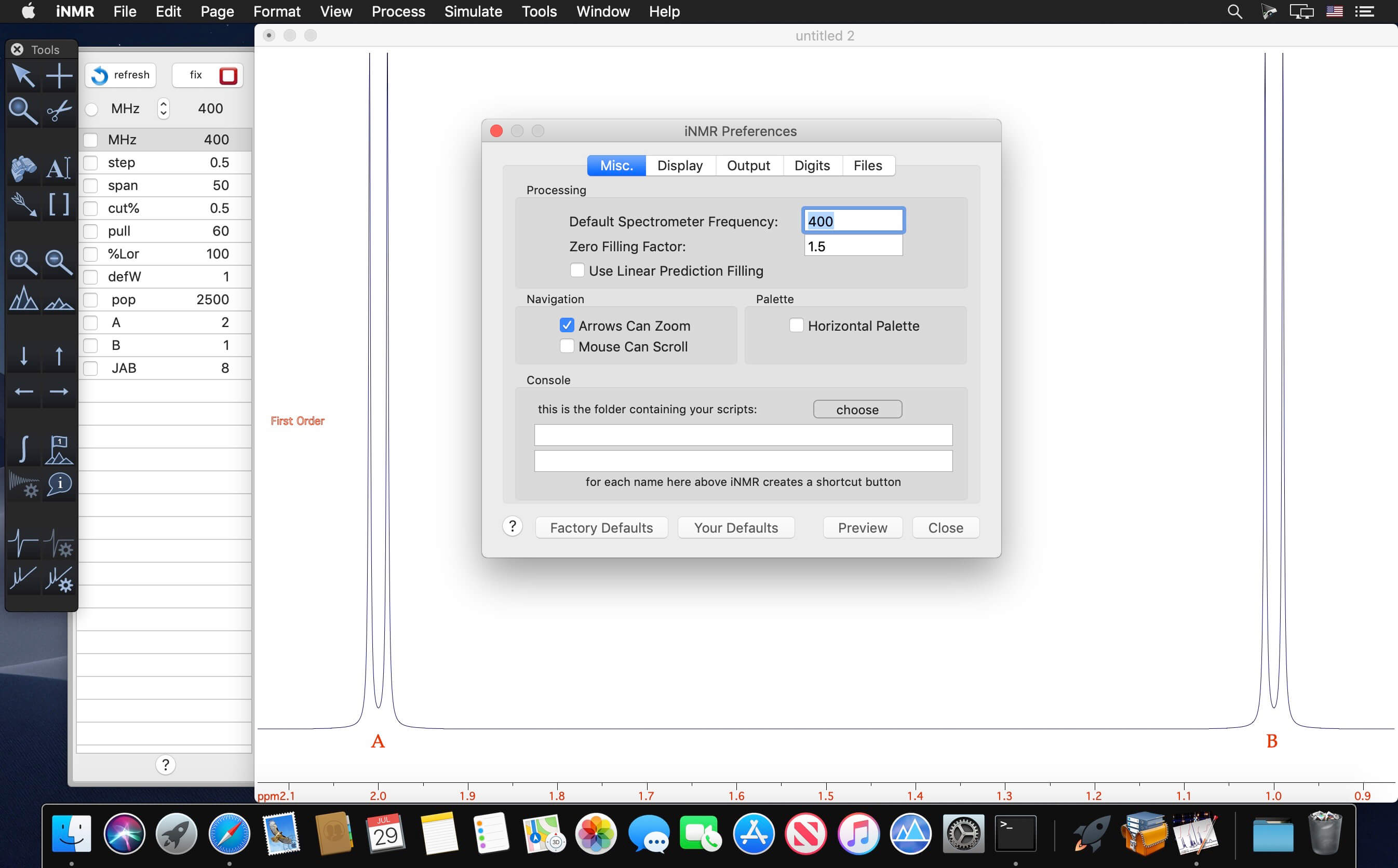

This sequence, however, has low contrast and resolution, and it offers a poor depiction of parenchymal details. Alternatively, rapid imaging techniques, such as single-shot fast spin-echo (SS-FSE) can be used in the unsedated child to provide a limited assessment of the brain for example, an evaluation of ventricular size ( 1– 3). Therefore, sedation or general anesthesia is widely used to help in the diagnostic imaging of these patients. The pediatric patient is particularly prone to movement during MR imaging. 001, χ 2 test).ĬONCLUSION: SS-FSE imaging and PROP provide equal motion correction, although PROP enables better assessment of the brain parenchyma. Overall, PROP was preferred, largely because of its improvements in image contrast ( P <. Pathology was present in 28 subjects and equally well seen on PROP and SS-FSE images. Metallic artifacts were worse on PROP imaging, likely because of a higher receiver bandwidth ( P <. RESULTS: Both PROP and the SS-FSE imaging offered equal degrees of motion correction. Sequences were compared by using the χ 2 test and concordant data from both observers. Two observers assessed unlabelled images for motion artifact, other artifacts, visibility of pathology, and the preferred image overall. METHODS: PROP T2-weighted fast spin-echo (FSE) imaging (TR/TE/NEX, 50 seconds) and T2-weighted single-shot FSE (SS-FSE) imaging (19,929/92/0.5 imaging time, 25 seconds) were performed in 35 unsedated children (mean age, 4.7 years ± 4.2) who were undergoing brain MR imaging. The aim of this study was to assess the value of this novel technique in unsedated children. BACKGROUND AND PURPOSE: Periodically rotated overlapping parallel lines with enhanced reconstruction (PROPELLER or PROP) is an effective means of compensating for head motion during MR imaging in adults.


 0 kommentar(er)
0 kommentar(er)
